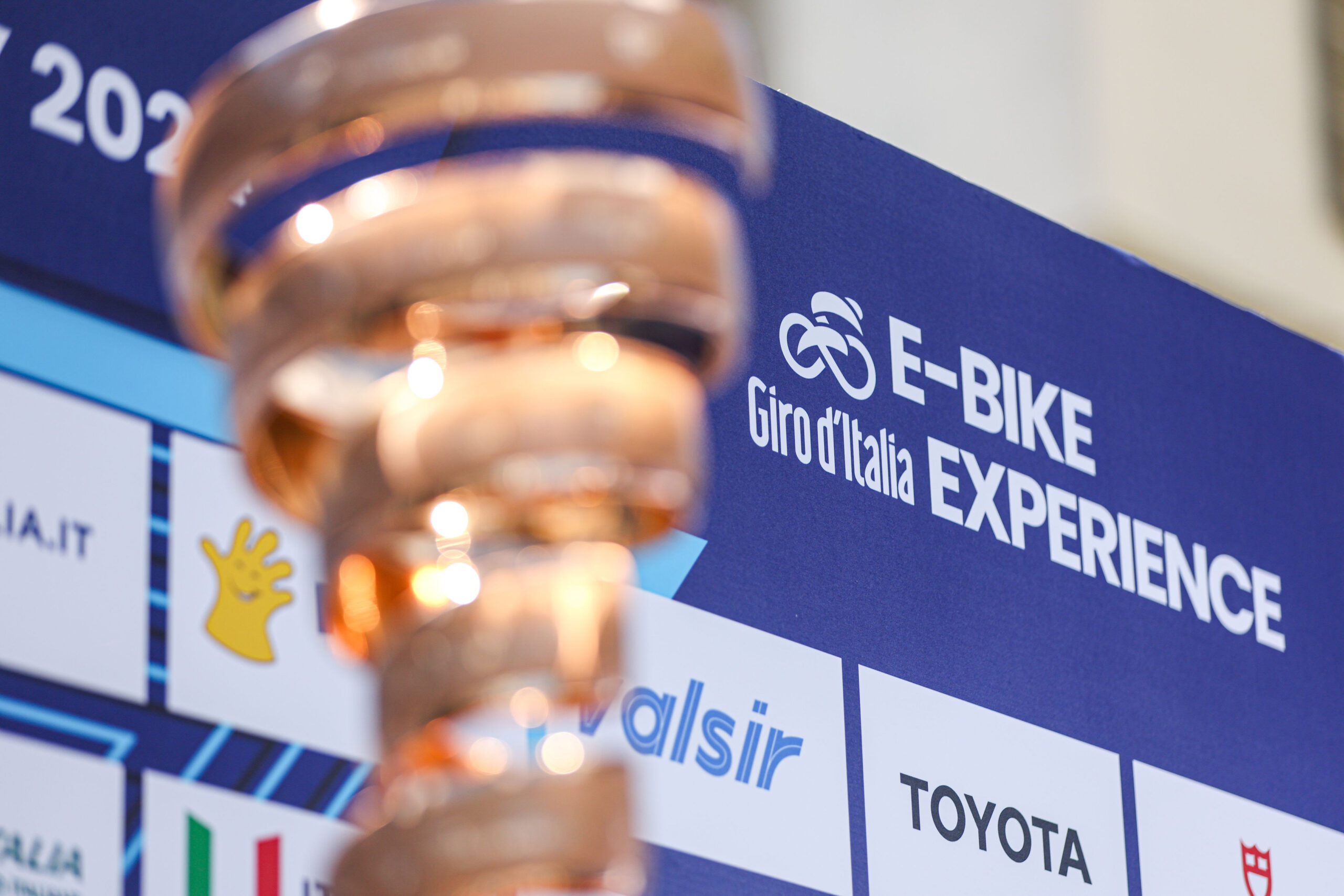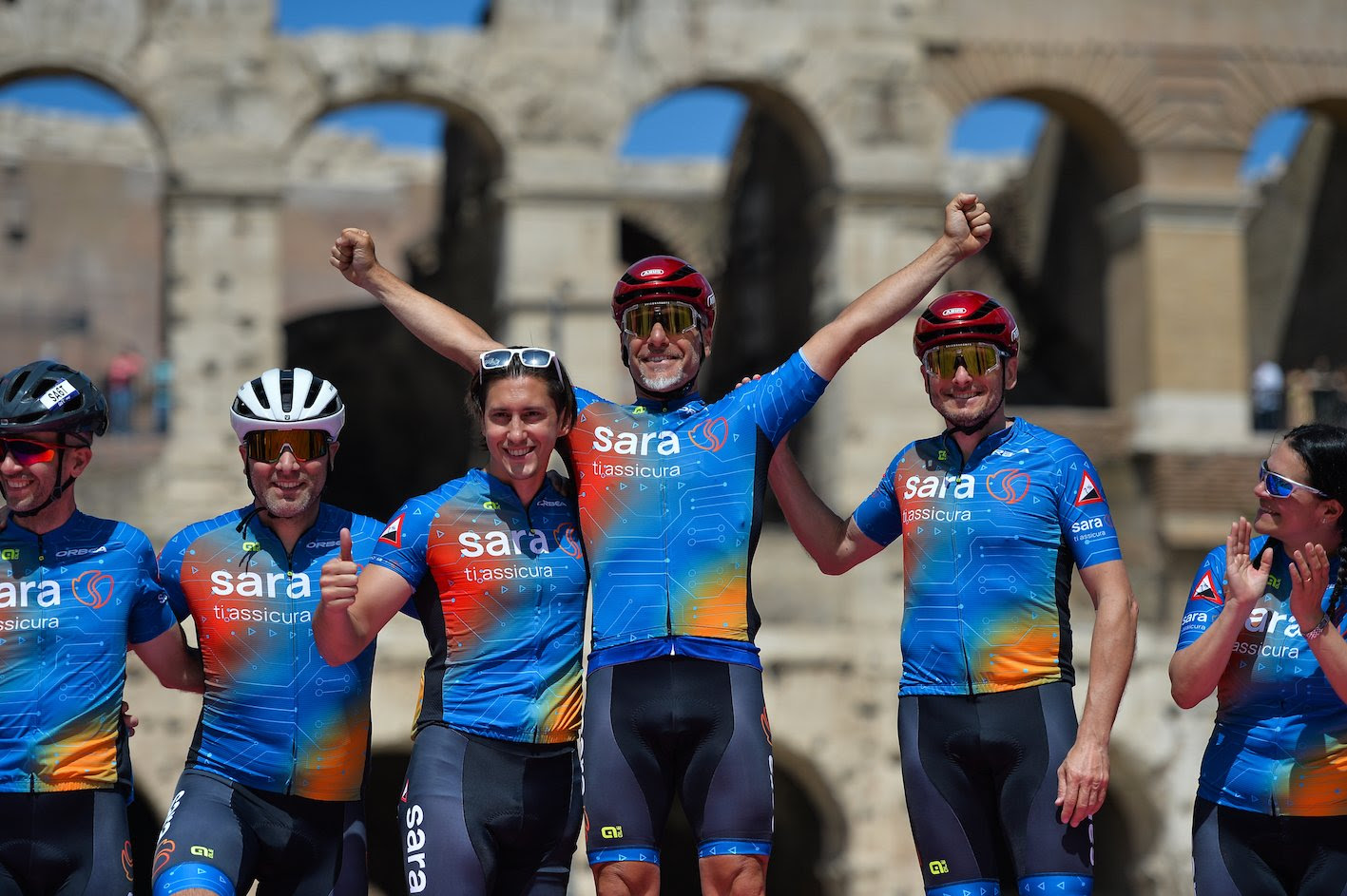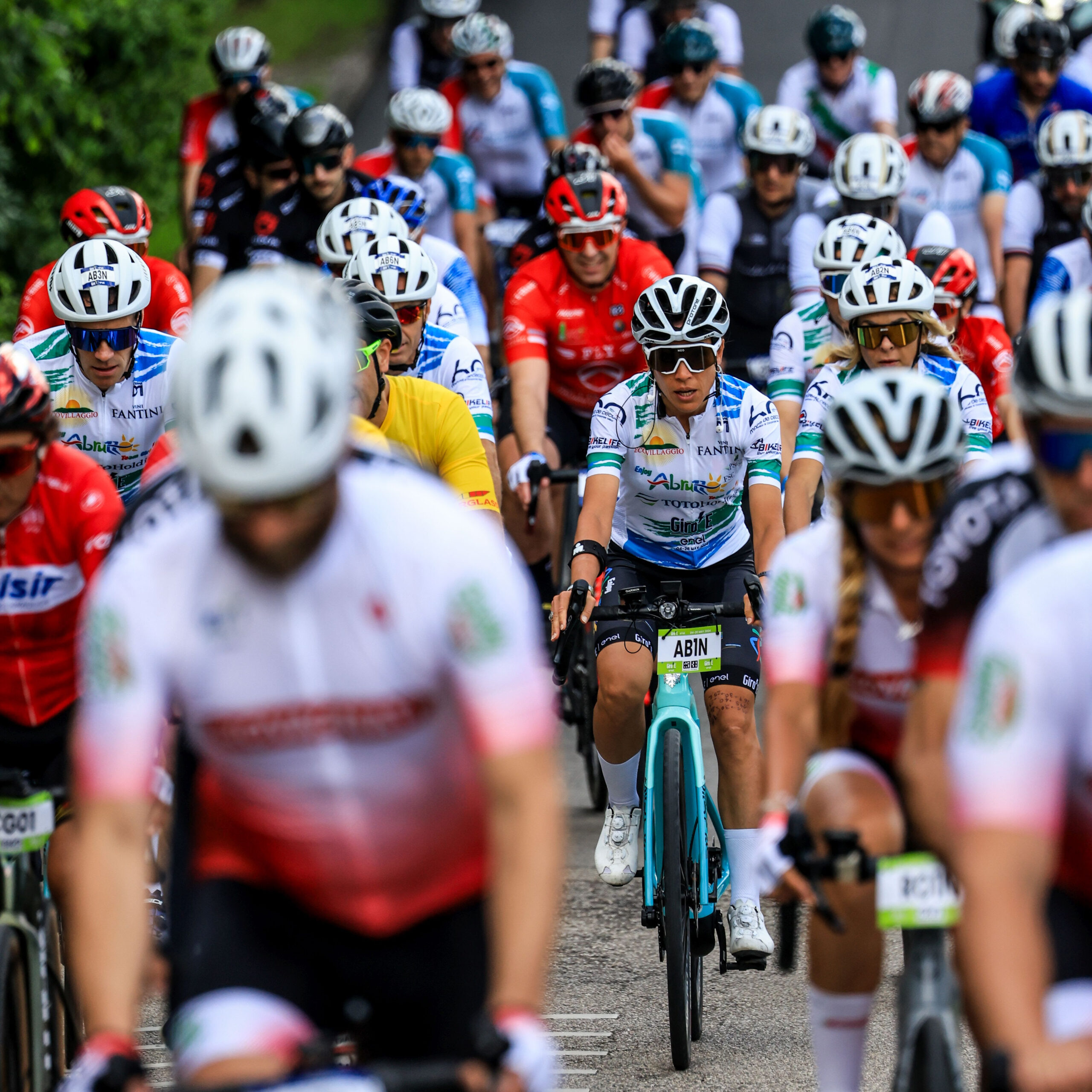Milan, 30 May 2024 – Closing in style. In the Grande Bellezza, or Great Beauty, of Rome the eternal city and Italian capital, which is playing host to the Great Arrival for the second year in a row. Despite the 1,166 kilometres travelled overall and the 19,850 metres of height gain over the 20 stages, the Giro-E riders will arrive much less exhausted than the Giro professionals. This is because the participants change every day, except for the captains of each team, and because their bikes are e-bikes, with a battery and a motor that provides pedalling assistance until they exceed 25 kilometres an hour. And that’s the secret recipe behind achieving feats that seem almost human for casual riders, like climbing to the Sanctuary of Oropa, Prati di Tivo, Livigno and Sappada, as they did this year, along gradients which, without engines in the frames or in the back wheel hub, would require endless hours of training.
These magic vehicles have, for a century and a half, represented the future. And the Giro-E, now in its sixth edition, is the ambassador for the electric version, for non-sport, but rather cycle-tourism and urban mobility use. One of the most significant aspects of the event, besides the amazing experiences of the participants (who, for one day, race along the roads travelled by the Giro d’Italia like true champions, pedalling without traffic and crossing the finish line right under the triumphant arches of the Pink Race), is the fact that it draws attention to the exceptional relevance of e-bikes.
The presence of so many ministers at the E-Giro (the Minister of the Economy and Finance, Giancarlo Giorgetti, the Minister for Agriculture, food sovereignty and forests, Francesco Lollobrigida, the Minister for Sport and Youth, Andrea Abodi), the many partnerships with Ministries, with ENIT – the National Tourism Agency, with ANCI – the National Association of Italian Councils, with MOST – the National Centre for Sustainable mobility, reflect the significance the event has now achieved. Above and beyond its cycling and sporting importance, it is of cultural value, because in addition to issues such as sustainable mobility, it also showcases renewable energy, ecology and the regions of Italy.




























